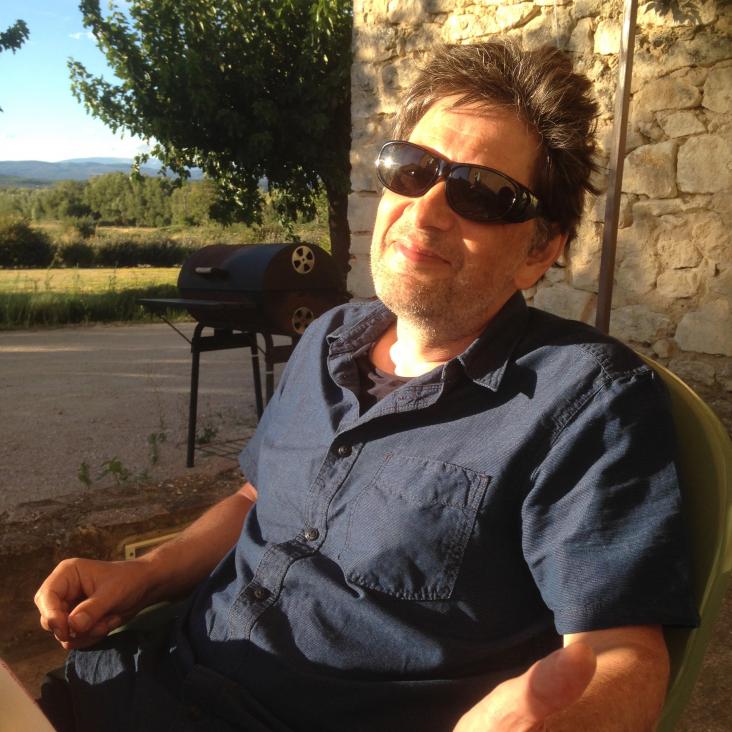Geodesics in the extended Kahler cone of Calabi-Yau threefolds
Journal of High Energy Physics Springer Nature 2022:3 (2022) 24
Abstract:
We present a detailed study of the effective cones of Calabi-Yau threefolds with h1,1 = 2, including the possible types of walls bounding the Kähler cone and a classification of the intersection forms arising in the geometrical phases. For all three normal forms in the classification we explicitly solve the geodesic equation and use this to study the evolution near Kähler cone walls and across flop transitions in the context of M-theory compactifications. In the case where the geometric regime ends at a wall beyond which the effective cone continues, the geodesics “crash” into the wall, signaling a breakdown of the M-theory supergravity approximation. For illustration, we characterise the structure of the extended Kähler and effective cones of all h1,1 = 2 threefolds from the CICY and Kreuzer-Skarke lists, providing a rich set of examples for studying topology change in string theory. These examples show that all three cases of intersection form are realised and suggest that isomorphic flops and infinite flop sequences are common phenomena.Machine learning string standard models
Physical Review D American Physical Society 105:4 (2022) 46001
Abstract:
We study machine learning of phenomenologically relevant properties of string compactifications, which arise in the context of heterotic line bundle models. Both supervised and unsupervised learning are considered. We find that, for a fixed compactification manifold, relatively small neural networks are capable of distinguishing consistent line bundle models with the correct gauge group and the correct chiral asymmetry from random models without these properties. The same distinction can also be achieved in the context of unsupervised learning, using an autoencoder. Learning nontopological properties, specifically the number of Higgs multiplets, turns out to be more difficult, but is possible using sizeable networks and feature-enhanced datasets.Heterotic string model building with monad bundles and reinforcement learning
Fortschritte der Physik Wiley 70:2-3 (2022) 2100186
Abstract:
We use reinforcement learning as a means of constructing string compactifications with prescribed properties. Specifically, we study heterotic (Formula presented.) GUT models on Calabi-Yau three-folds with monad bundles, in search of phenomenologically promising examples. Due to the vast number of bundles and the sparseness of viable choices, methods based on systematic scanning are not suitable for this class of models. By focusing on two specific manifolds with Picard numbers two and three, we show that reinforcement learning can be used successfully to explore monad bundles. Training can be accomplished with minimal computing resources and leads to highly efficient policy networks. They produce phenomenologically promising states for nearly 100% of episodes and within a small number of steps. In this way, hundreds of new candidate standard models are found.Recent Developments in Line Bundle Cohomology and Applications to String Phenomenology
(2021)


